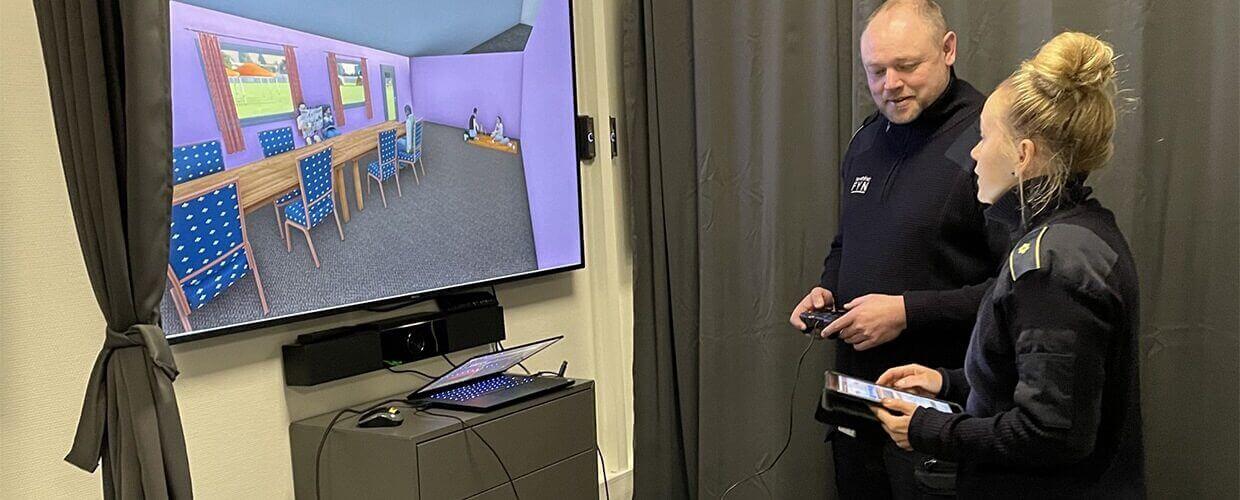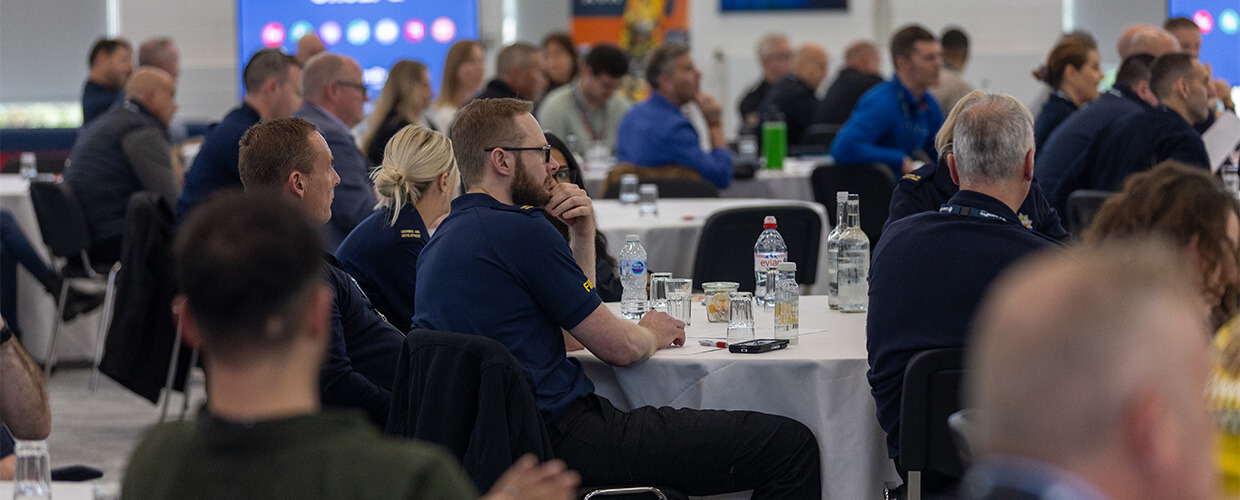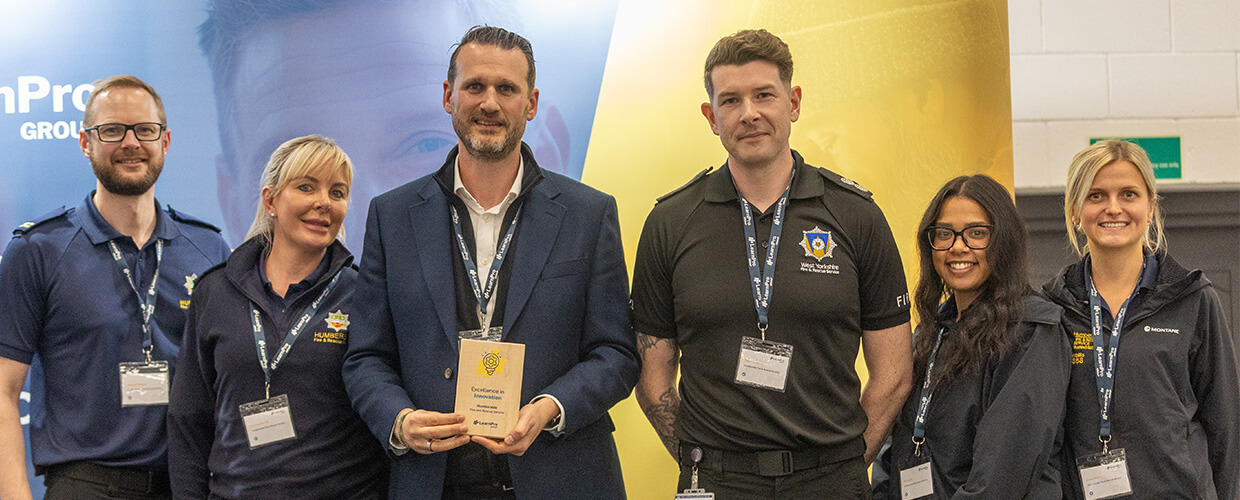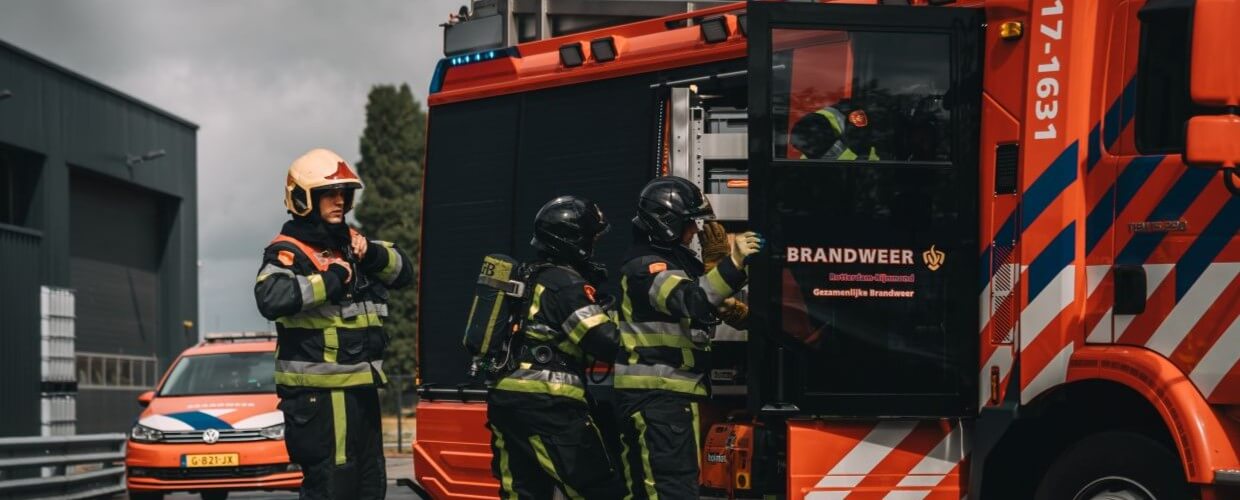Last time we spoke to Beredskab Fyn, the fire and rescue service of the Danish island of Funen, they were busy acquainting themselves with XVR On Scene and its many possibilities for tailoring the training experience to specific audiences with specific training goals. We spoke once more with Kenny Dramshøj Christensen, Head of Fire Prevention, about how they use the XVR platform today for training fire inspectors.
In 2018, Kenny Dramshøj Christensen started exploring the ways in which XVR could be implemented into his curriculum to train and maintain the skills of not just firefighters, but also his other fire safety and prevention staff. One such way was for training and standardising fire inspections. To his knowledge, no one in their department had ever, in a structured manner, looked into whether their inspectors followed the same approach after having completed their initial training – and whether this affected the outcome of their inspections.
With the help of XVR On Scene, he set out to map out any inconsistencies and uncertainties among his fire inspectors to bring them all closer to a more standardised approach. “We started out with what I considered to be simple virtual fire and safety inspections, based on Danish legislation that we were all familiar with, to ease into this way of training. That’s when it became clear to me that no one had ever evaluated the individual’s actual inspection process.”
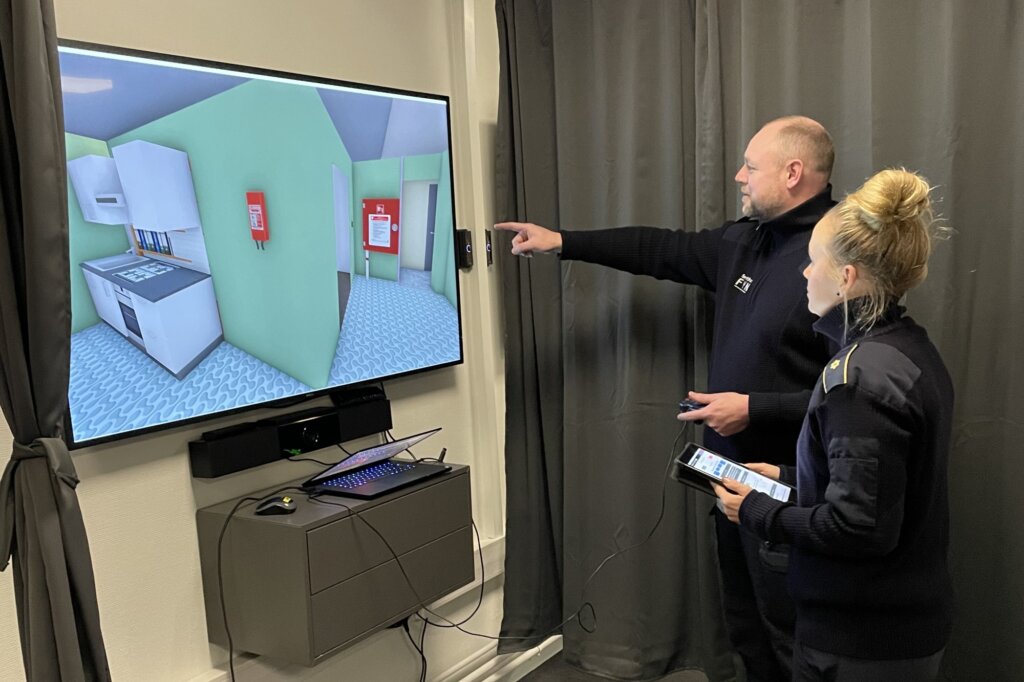
He found that, depending on the inspector, any given fire inspection could result in varying sanctions – from none to many, from mild to severe – when ideally, the result should only differ by a small margin. Using XVR On Scene to send his staff on virtual fire inspections, Dramshøj Christensen sees that they are successfully starting to close the gaps in not just the foundational knowledge and approaches, but also the professional confidence of their fire inspectors.
“XVR has made it possible for us to create both comprehension and disruption in each person’s understanding of their profession. Each virtual fire inspection feels authentic, giving them tools and experiences that they can carry over into their real-life inspections. We haven’t been able to create this same effect with other, more traditional teaching platforms,” he says enthusiastically, adding, “I’d say we currently use XVR more often for fire inspection training than operational training.”
Their scenarios are often based on dilemmas or themes that Dramshøj Christensen notices popping up among his inspectors. Individually or in teams the inspectors go through the scenarios with an instructor. The outcome is a foundation of best practices and clear expectations of how to navigate the many variables that any given inspection site may present. Next to observational skills, they also train their way of communicating with the members of the public they meet on their inspections, using in-house role-players.
It was important to him that once they introduced the XVR platform as a training tool for their fire inspectors, the pace was slow but steady. His staff needed to get comfortable with simulation-based training, which was a new training method for them. “This platform has a lot of opportunities to add icing to an already impressive cake. We can build a 5000 m2 multi-story factory site, but maybe that’s not the first scenario we run,” he says with a grin.
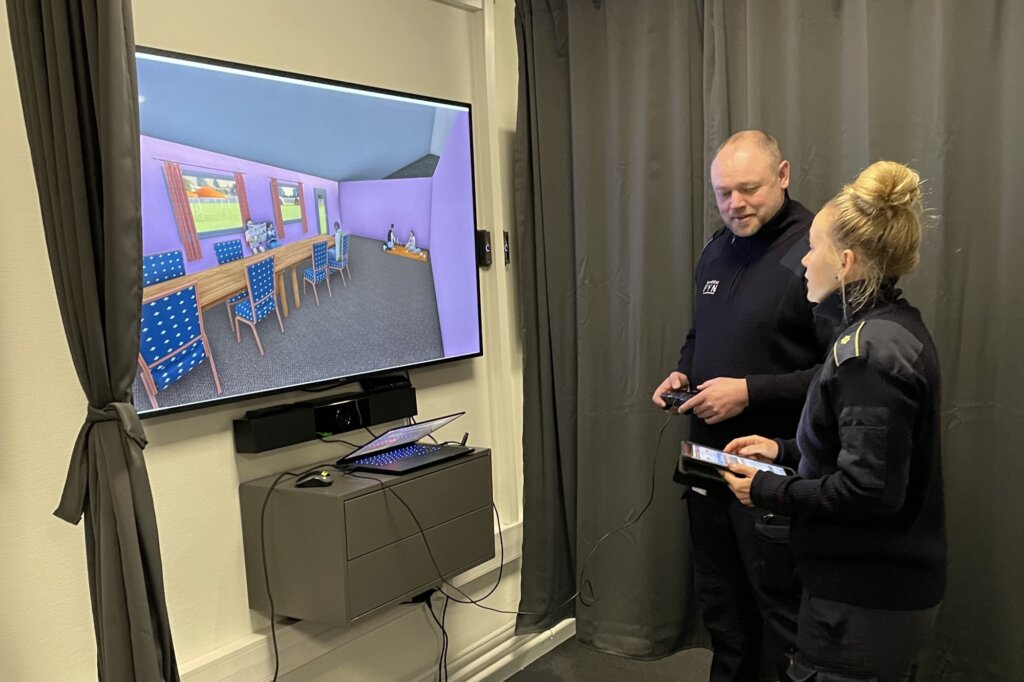
Similarly, he wanted make sure that no inspector felt like they were being assessed; that they could potentially pass or fail a training. Rather, it was a means to ensure that together, they developed a common understanding of a complex task. He explains, “I won’t ever get them to do what I believe is best and most correct if I don’t tell them what that is. And this is where XVR is the perfect platform to create a completely realistic and consistent environment. It allows us to go into a discussion on a certain topic, and create a consensus and conclusion on which approach we could and should take.”
Dramshøj Christensen makes it clear that it’s not about rigidly insisting on treating every case the same, but rather approaching each case from the same starting point. “We will never be a uniform group making uniform decisions, but I expect our inspections to be carried out consistently and in the same manner every time. XVR On Scene helps us achieve this,” he says.
And their efforts have paid off. In a short amount of time, he has observed that his fire inspectors are becoming much less differentiated in their conclusions, their communication, and the sanctions given than just a few years ago. “I feel we can look ourselves in the eye and be proud of what we do. Regardless of which of my fire inspectors does the inspection, the members of the public get the same product,” Dramshøj Christensen concludes.
On Funen, more than 2000 fire inspections are conducted by 8 to 10 fire inspectors every year. They typically visit sites where many people congregate or where evacuations might be difficult, such as nursing homes, schools, and community centres. Each fire inspector ideally comes in for a training or refresher at least twice a year, but they hope this number will increase in 2023, allowing them to expand the facets of their curriculum.
In the future, Beredskab Fyn are looking into using the XVR platform for offering simulation-based training for members of the general public. This could be fire-prevention courses at schools or day cares. Local police and EMTs are also expressing an increasing interest in receiving simulation-based trainings. We look forward to following their XVR journey!
